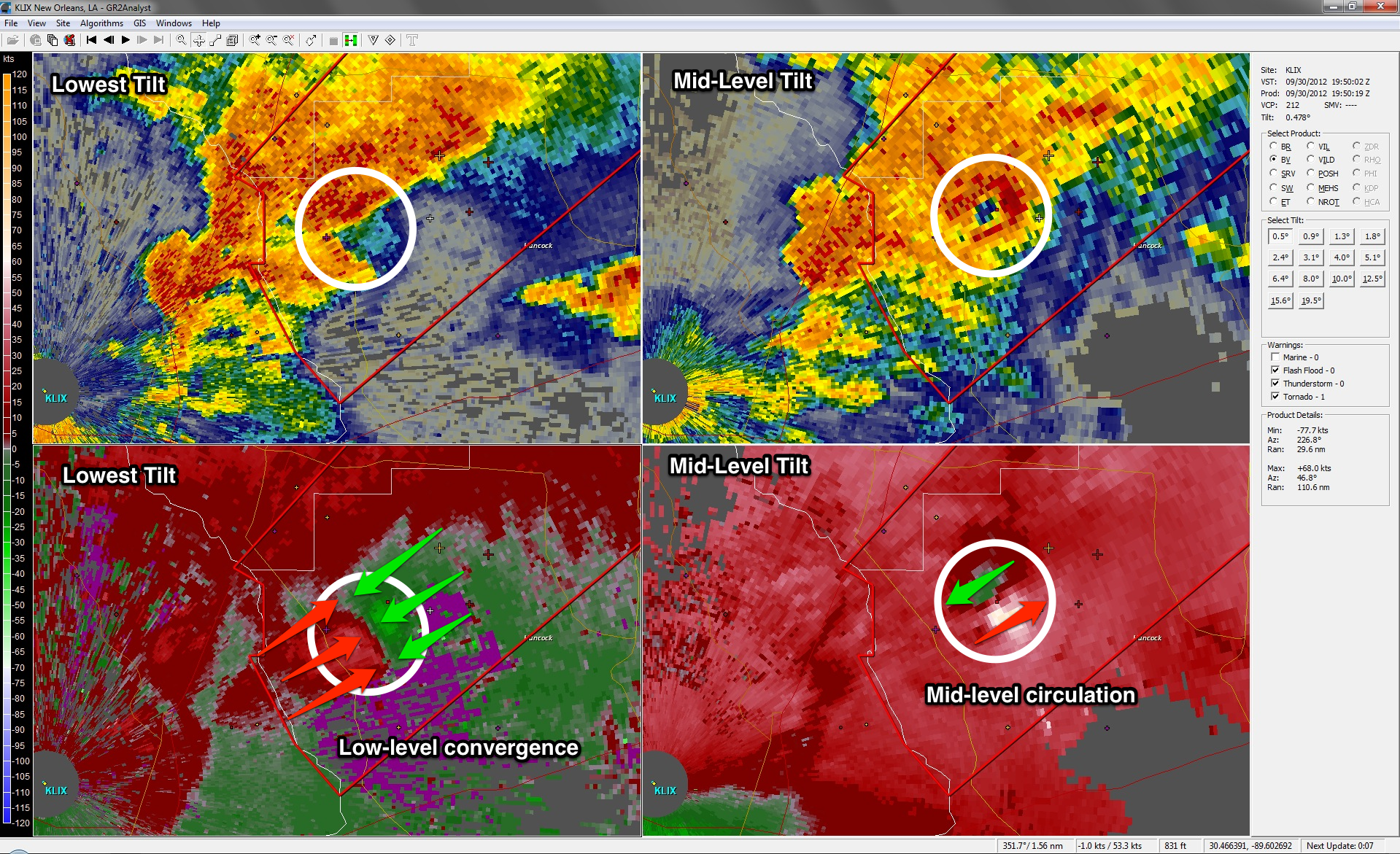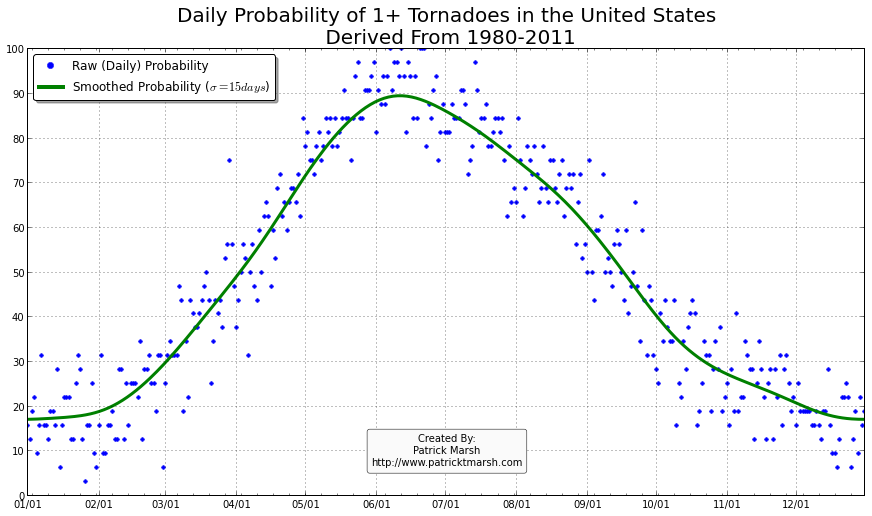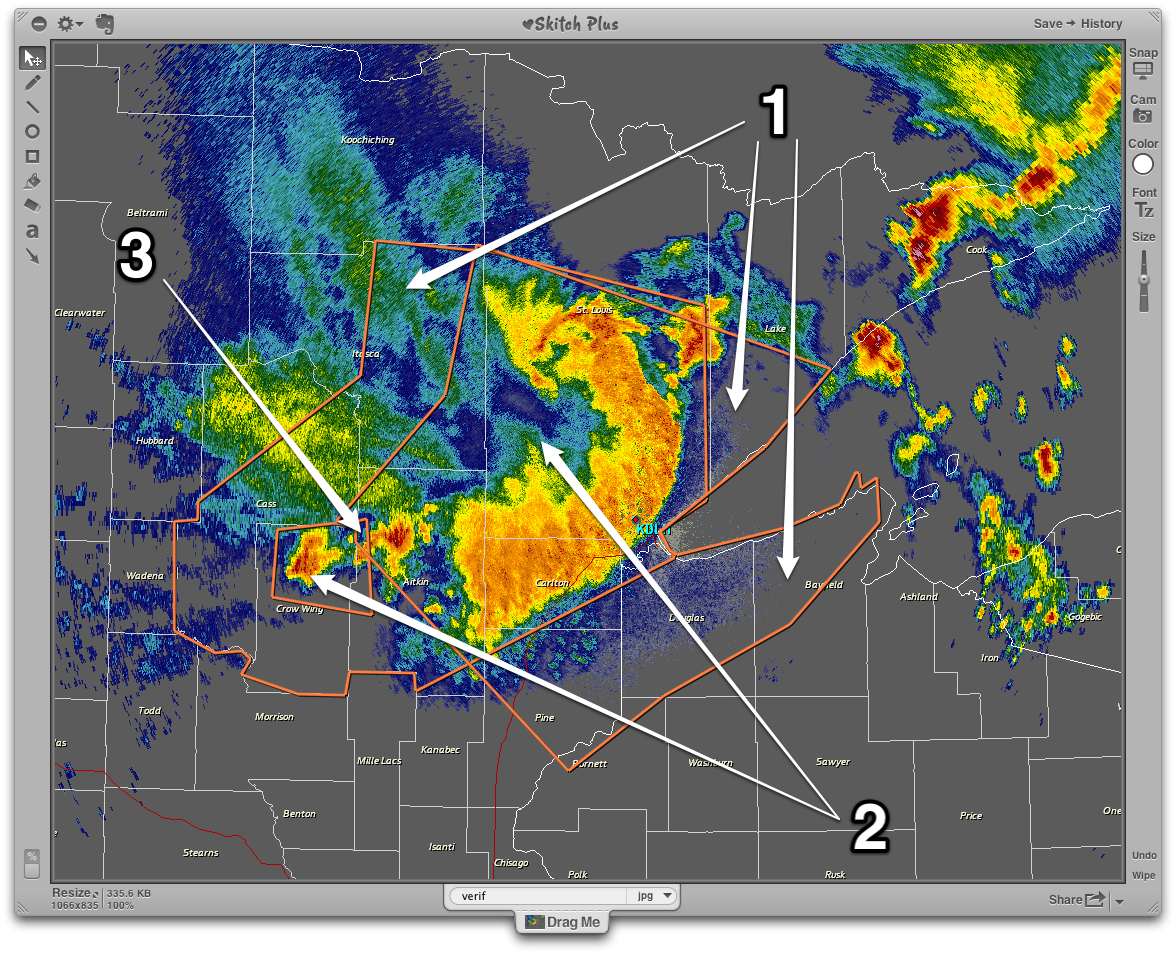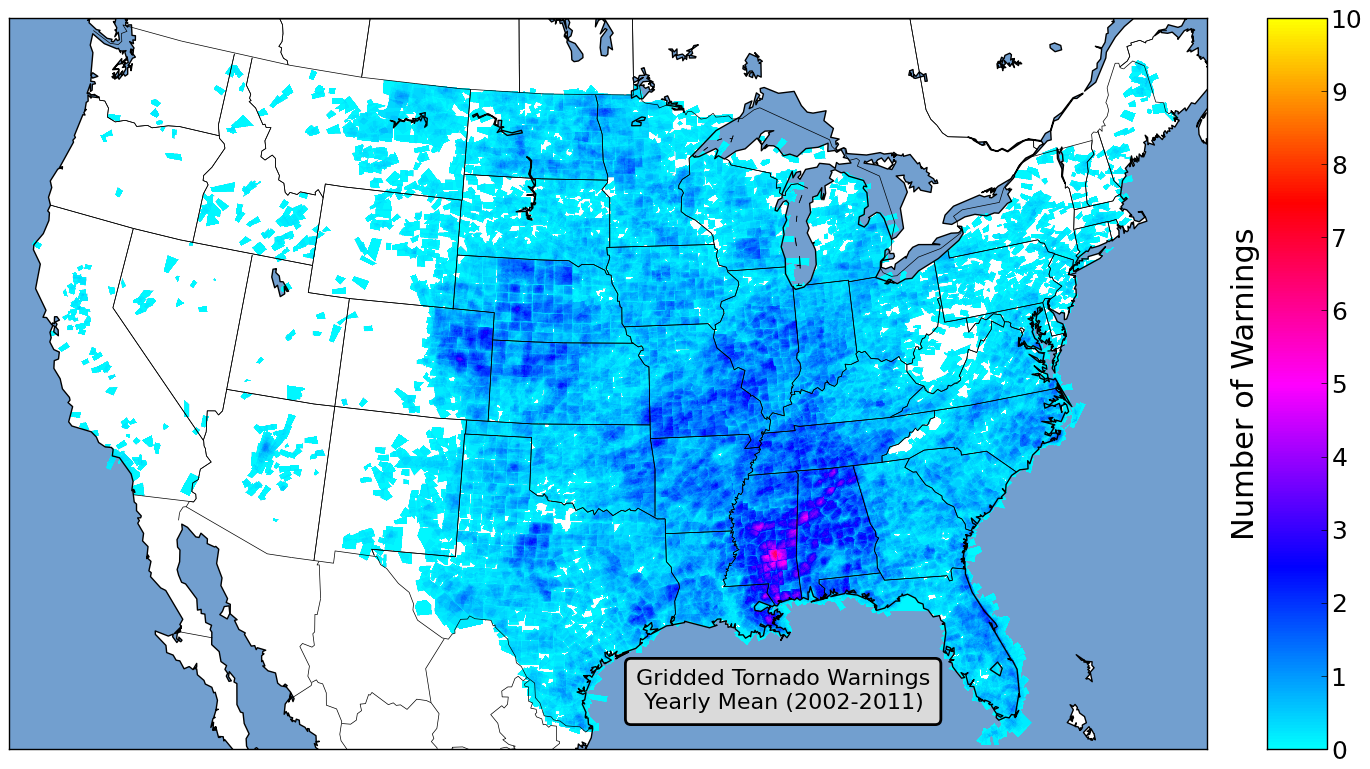If you’ve visited this website in the past week, chances are you were here to read and/or comment on the blog post Attempts at Assessing Chaser Contributions to the Warning Process. Wow. Talk about a passionate response — on all sides! That entry has prompted the biggest response, in terms of comments, in quite some time. I have read every comment posted, but am too busy preparing for the Hazardous Weather Testbed’s Experimental Forecast Program to post a long response to every one. Instead I thought I would act as my own ombudsman and address some of the reoccurring themes that keep appearing in the aforementioned post’s comments.
When reading below, one may ask themselves why I haven’t removed the offending post. The reason is multi-faceted. First, as soon as I do that I subject myself to (in my opinion) a more severe criticism of writing somewhat of a hit piece and then taking it down when I didn’t like the response. I personally do not think that is right and so in that regard, the post must stay. If I’m going to write something that I know is going to be controversial, I must be prepared to accept the negative comments that result. My philosophy is that as long as a comment is not spam, not profane, nor attacking myself or others personally, I’ll never remove it. No matter how much I may disagree, it is only in hearing all sides of an issue that I can expand my horizons. Secondly, there have been some good discussions that have resulted from the post, both for my position and against it. As long as these conversations refrain from snarks, I see no reason why they should not be allowed to be seen.
Now, for my thoughts on the post…
Let me begin by saying that this certainly was not my best post in terms of scientific content. I made a fundamental flaw in the post that quite a few commenters picked up on, and I’ll admit that I did it. No matter what these data presented suggest, they cannot prove one way or another the intention of a person. At best, with better data than presented, one might be able to assess chaser impact, but not motives. I tried to be cognizant of this fact in some aspects of the blog post (such as not titling the post some variant on “Are Chasers Chasing to Save Lives”), but failed miserably in others (using the data shown to justify the line “Please don’t insult my intelligence by claiming to chase to ‘save lives’.”). This is something I must make sure I do not do again, and if I do, I trust you will hold me accountable.
Next, some commenters accused me of doing “bad science”. In response to at least one of these comments I responded that I never claimed to be doing science. However, after a couple days of thinking about this issue I believe that the original comment and my response both miss the point. This isn’t “bad science”, nor is it “not science”. It’s “unfinished science”. If I left things as is, said that the matter was closed, and closed my mind to differing points of view, then it most certainly would be “bad science”. Instead, I tried to go out of my way to imply that my view points were far from definitive. I wrote things such as “circumstantial evidence”, “Attempts at Assessing”, and “To summarize, I believe…”. I posted these ideas on a blog website, not a scientific journal for a reason, they are initial ideas and certainly would not hold up in a court of law nor a scientific journal.
What the post tried to do, and admittedly failed miserably at doing, was attempt to objectively assess the contributions chasers have to the warning process. I put forth an idea, people attacked it and poked holes in it. If I am to act like the scientist I would like to think I am, I should not take these criticisms personally, but rather use them to continue to evaluate my idea(s), refine the idea(s), and try again. This is how science is supposed to work! At the end of the process the final idea(s) will be stronger and more refined than anything initially proposed.
Assessing chaser impact on the warning process is an extremely complex problem as there are many variables and many signals. As several commenters suggest, I did allow myself to fall into the “confirmation bias” trap — I saw what I wanted from irrelevant and/or inconclusive data. But, by putting my thoughts out in the open, people were quick to point out the idea’s flaws, which will allow me (in time) to do better analyses with differing datasets and strengthen my position. Again, this is how I believe science should work. Putting this data and ideas on the website wasn’t the mistake, but intertwining my personal opinions so strongly was. And for that, I do have regrets; I’ll be better about that moving forward.
However, removing my personal beliefs, this is the first attempt, to my knowledge, that tries to objectively assess the contributions chasers have on the warning process. Due to the complex nature of the problem, and the fact I did this as sort of a “back-of-the-envelope” calculation, I merely looked at aggregate measures using simple NWS performance metrics. Possible ideas that could be done were suggested in the comments, and when I have time, I’ll certainly try and investigate some of these. (Aside, if a reader would like to do this, I’m more than happy to share my datasets.) There are a lot of other potential impacts, both negative and positive, that need to be assessed as well. As it stands now, a lot of anecdotal stories are offered by those on either side of this issue, but do we really have any idea what the actual impact is? From a chaser point of view, being able to demonstrate a positive impact in the warning process could help counter the negative perceptions current circulating in several news outlets and improve interactions with emergency response officials. From an emergency response official perspective, knowing chaser impacts might lead to a new respect for chasers, or more clout in trying to regulate them. But then again, maybe both sides would rather not know…
None of the comments have changed my underlying assumptions that most chasers chase for personal reasons, not the noble reasons of saving lives and doing it for the NWS often offered by chasers when interviewed by the media. However, we are (I am?) a long ways off from being able to assess this objectively. My previous post was a first attempt at this. I’m sure it won’t be my last. And I’m sure that there will always be someone out there challenging my views. That’s the way it is supposed to be.




